For architectural designer Tiffany Brown, a project manager at SmithGroup’s Detroit office and executive board member for the National Organization of Minority Architects (NOMA), the days since George Floyd was killed by Minneapolis police have unleashed a rollercoaster of emotions. “It's been discouraging. It's been fearful. It's been scary. It's been making me angry at times,” she says. “We go from dealing with this crazy pandemic, and this new way of living and working, only to turn around and have to deal with this again,” she tells RECORD.
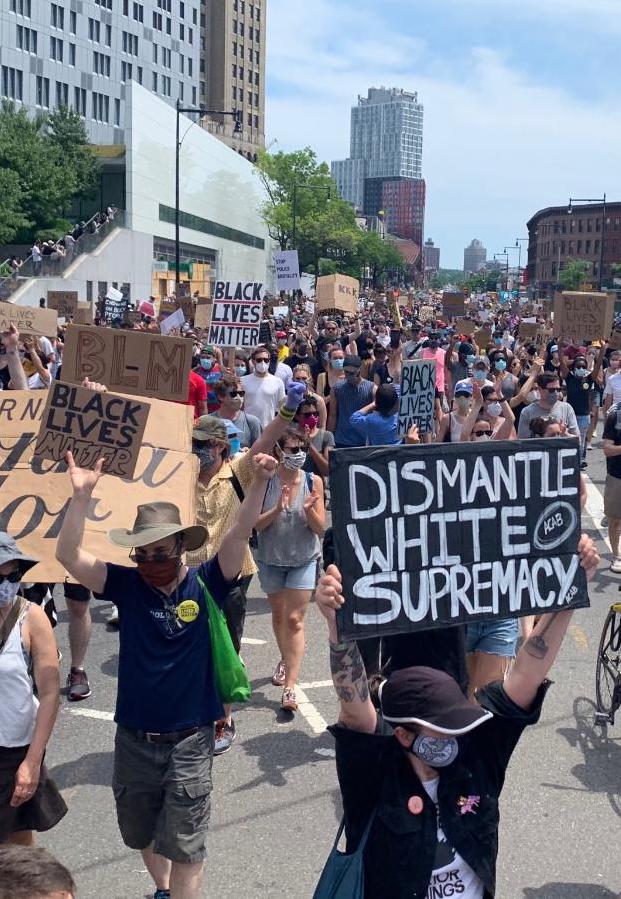
More than half a century after the Civil Rights Movement, protests, demonstrations, and cries for an end to racial injustice and police brutality have swept across the country as the nation once again grapples with its original sin. But as Brown points out, this injustice long predates Martin Luther King, Jr,. and his contemporaries; the first enslaved Africans arrived in the English colony of Virginia in 1619. “It’s been 50 years that people have been in a position to be vocal about it, but it's really been 400 years of this for us.”
While past instances of the police killing of unarmed Black men and women have prompted protests and public outcry, Brown acknowledges that this moment feels different—perhaps because of the impunity with which the perpetrators acted. “When you are so blatantly disregarded and feel helpless, there's nothing you can do besides act out in anger. This is what the voice of the unheard has to do. It's been said repeatedly for at least the last 50 years by Black leadership. How much longer do we have to do this?”
As a designer and advocate for diversity in the architectural community, she questions whether the profession is demonstrating true dedication to making change. “Designers have control over how this world is built, and not just in a brick and mortar sense. What are we teaching people? What are we teaching our youth? What are we doing in the buildings that we design? Are we designing living spaces and learning spaces that are encouraging?”
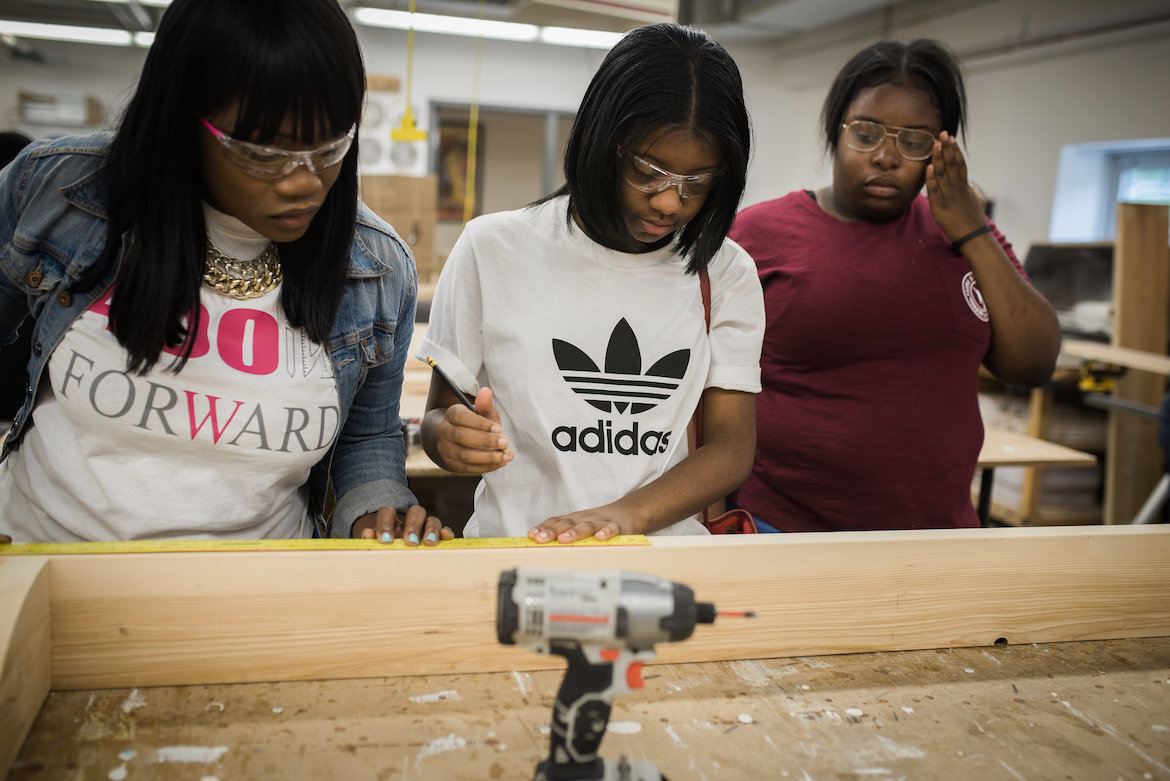
Looking at the efforts of organizations, schools, and firms in recent days, Brown says that for her, many statements of support “kind of fell flat. There was no empathy behind them, no purpose. It was, ‘Maybe we should say something.’ But when you look at those companies, do they have Black leadership? Black people on their executive board or board of directors? No, not a lot. Maybe a few, but minuscule numbers in relation to the amount of staff they have.”
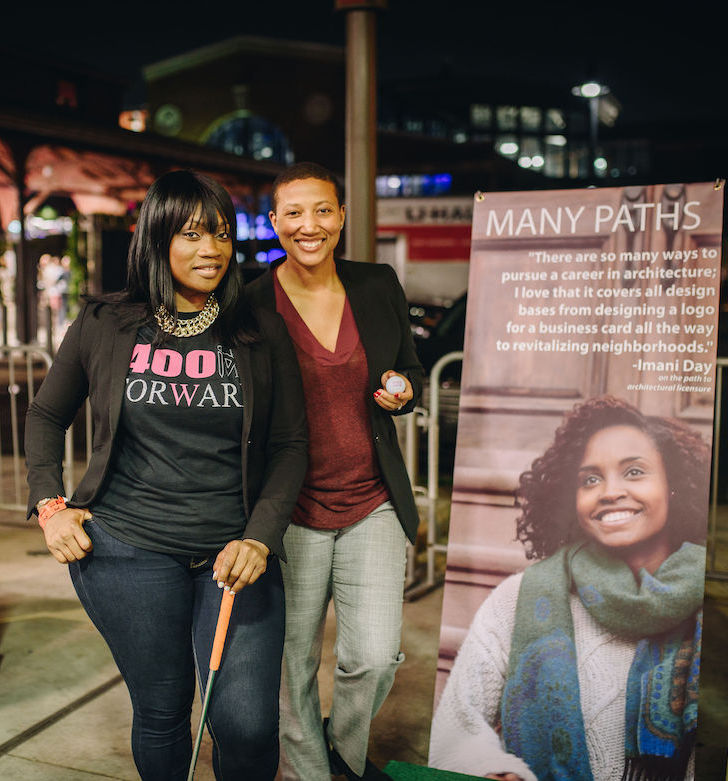
Brown cites the long and difficult road to licensure as a major systemic barrier—one that she personally has faced. “Many times, that’s the reason why you don't see Black faces on those boards. So what are companies doing to encourage their employees to get licensed? How are they assisting?” She also questions whether licensure should be a necessity for leadership. “I've been the go-to person to talk about diversity and inclusion, throughout my career,” says Brown, who joined SmithGroup in 2016. “If you keep asking me to be the face of your firm for diversity and inclusion while not bringing me into leadership or conversations related to architecture, then what is the point? What is there for me to look forward to, what is there for me to aspire to?”
“It’s not about giving a handout, or making it easy for someone to be in a leadership position in a company,” she continues. “What needs to be given is the opportunity. Are you providing the opportunity for someone of color to lead? Are you able to do that on a project where the client's not demanding a diverse team? Are you going to do that on your own, or because you have to, because it's hitting you in your pockets? It’s a constant fight in our profession.”
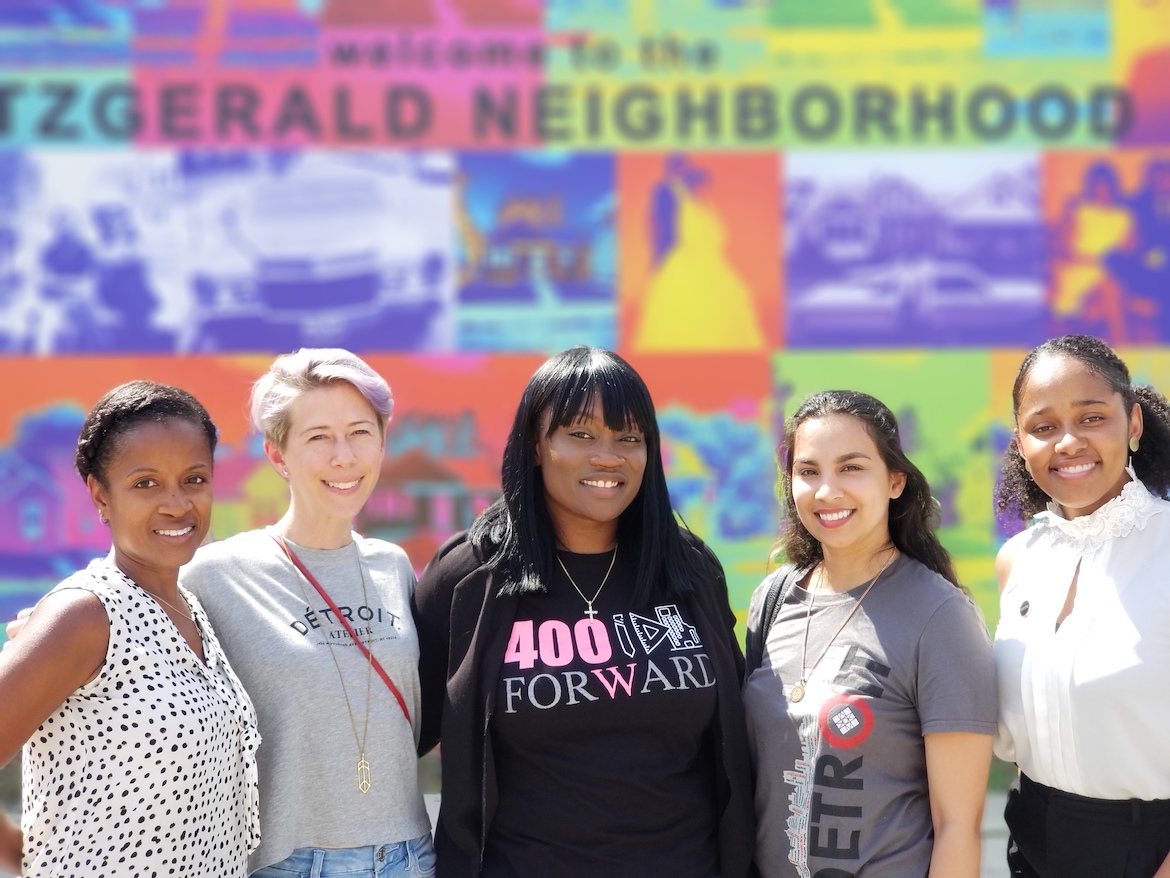
One of Brown’s approaches to righting these systemic wrongs has been to encourage young people to pursue architecture—and in particular, those who come from similar backgrounds to her own. “I was born in a development that was created by racist urbanism,” she says. “Somehow I made it to where I am, but generation after generation, year after year, there are so many who do not, because of the built environment and the way that our neighborhoods and cities are designed.” In 2017, she won a Detroit Knight Arts Challenge grant for her initiative 400 Forward, which provides mentorship and support to Black women entering the profession. “Lots of times, kids just need someone to help them realize their potential, and to pull it out of them, so they can become the future activists of our country.” She currently mentors multiple young people at various stages in the professional pipeline, from a high schooler with an interest in design to a recent architecture school graduate.
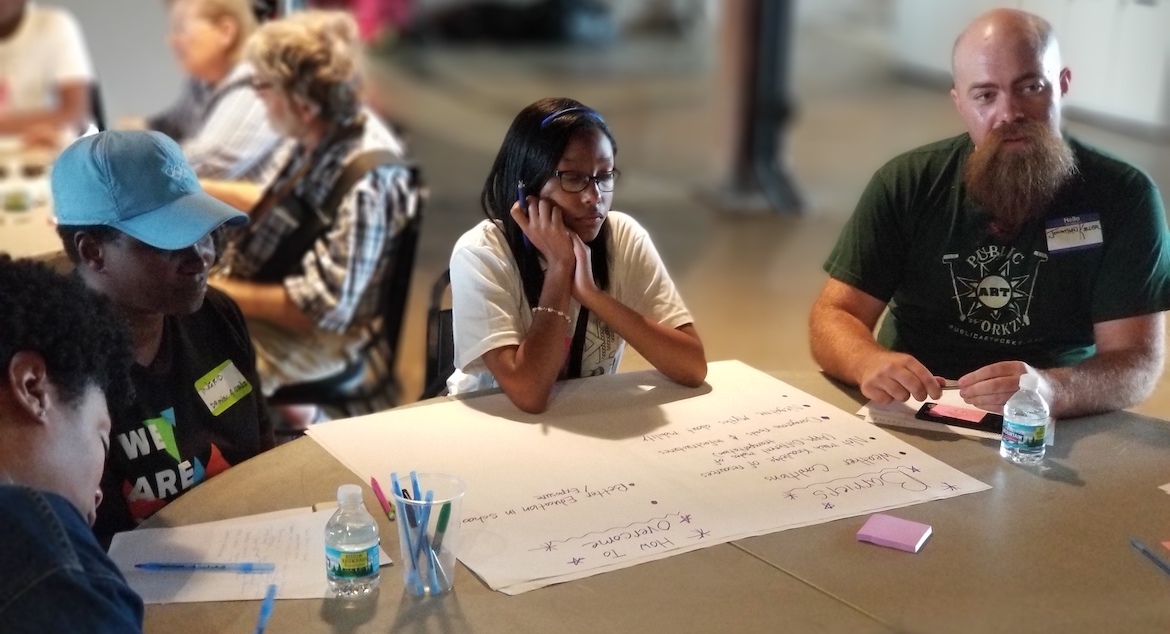
Professionals of any background can use this same strategy to shape the field from within, she says. “Mentor someone who doesn't look like you! Make a connection with someone who has a completely different struggle, whether it's a student or a young professional. It takes time, and there will be some uncomfortable moments, but you'll learn from that person. You’ll learn compassion and empathy. You'll learn to look at the world through a different lens.”





Post a comment to this article
Report Abusive Comment